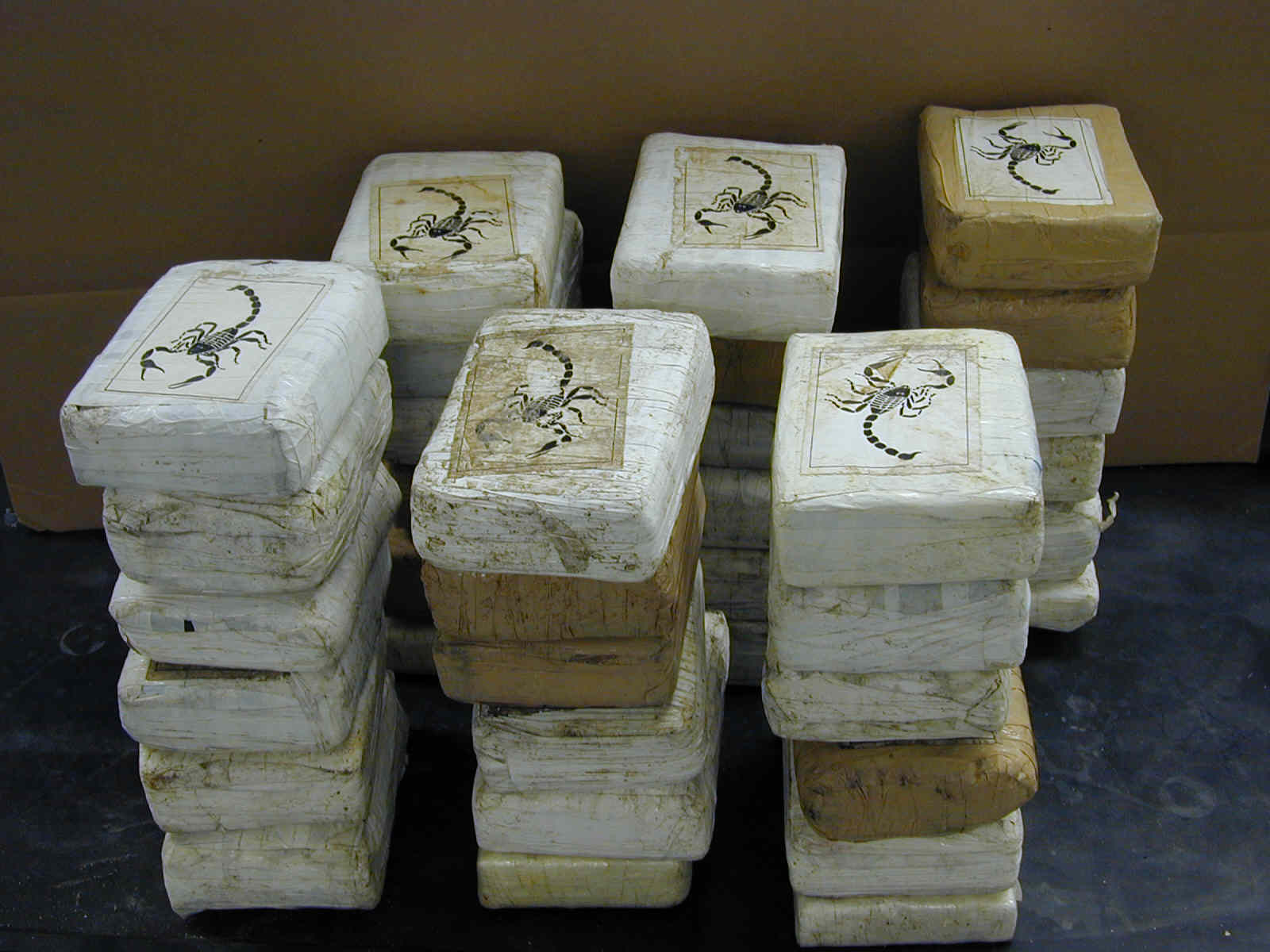
I’d like to thank Rolando Ochoa for his response to, and overarching support for, my recent research report on Mexican organised crime (MOC) in Australia and the ASEAN region. Before responding to Ochoa’s specific comments, though, I feel that it’s worth revisiting the drivers and aim of the research that underpinned the report.
Unsurprisingly, there’s a tsunami of published research on MOC activity in Mexico and the US. As highlighted in the report, Australian law enforcement agencies, as well as their international partners in the Asia–Pacific, have for some time been observing increased MOC involvement in regional transnational organised crime ventures. Unfortunately, there’s a dearth of research on MOC expansion in the Asia–Pacific.
To be frank, while academics and many law enforcement agencies understand the differences between MOC and the various types of street gangs and cartels, those nuances aren’t as well understood by other stakeholders in Australian and regional public policy dialogue (see here as an example).
With that in mind, I focused on the transnational and expeditionary dimensions of MOC as it relates to Australia and the Asia–Pacific. Understanding Mexican street gangs in Mexico is less important to Australian and ASEAN policymakers than exploring and unpacking the transnational expansion of MOC and dispelling the myths surrounding the transnational activities of gangs (such as MS-13) with cartels.
In the final paragraph of the recommendations chapter of my report, I argued that:
When dealing with a clearly ethnically and geographically defined criminal threat such as Mexican OC, it’s easy to provide recommendations to increase international police-to-police liaison through measures such as increased funding of offshore police officers. Such oversimplistic strategies fail to engage with the complexities of international police-to-police liaison. In the case of Mexico and the US, both are busy areas of police operations and capacity development. Increasing effective liaison efficiently is no easy task, and only a small amount of crime in those regions has a nexus with China, ASEAN or Australia. Therefore, Australia’s international law enforcement engagement strategy needs to be set with a clear view on how engagement will contribute to the Australian Government’s criminal intelligence support for decision-making, or to the National Organised Crime Response Plan.
So, rather than being ‘puzzling’, the absence of recommendations about cooperation between Australian and Mexican authorities is underpinned by a deep understanding of police-to-police cooperation. With a limited, and shrinking, international policing budget, it’s critical for policymakers to be judicious with the allocation of resources. It’s understandable that the US would invest so much treasure into cooperation with Mexican security forces: they’re neighbours, after all. But, with a limited budget, modest Australian capacity development in Mexico is unlikely to have any meaningful impact on the threat posed by MOC in the Asia–Pacific. And it would arguably come at a cost of police-to-police cooperation and capacity development closer to home. Let’s also not forget that Australia can leverage the US relationships in Mexico to share intelligence.
Contrary to Ochoa’s commentary, the report does make reference, albeit often implied, to the destabilising impacts of the war on drugs. Nevertheless, the wider war on drugs and the Mexican security crisis have had little impact on the availability of illicit drugs in the US. Arguably, the US cocaine and methylamphetamine market is saturated, with little room for further growth. In economic terms, the US illicit drug market is oversupplied, which is resulting in downward pressures on retail drug prices. I posit that MOC expansion in the Asia–Pacific region has much more to do with economic opportunity for profit growth (in high-profit, low-volume and low-profit, high-volume markets) than with the war on drugs.